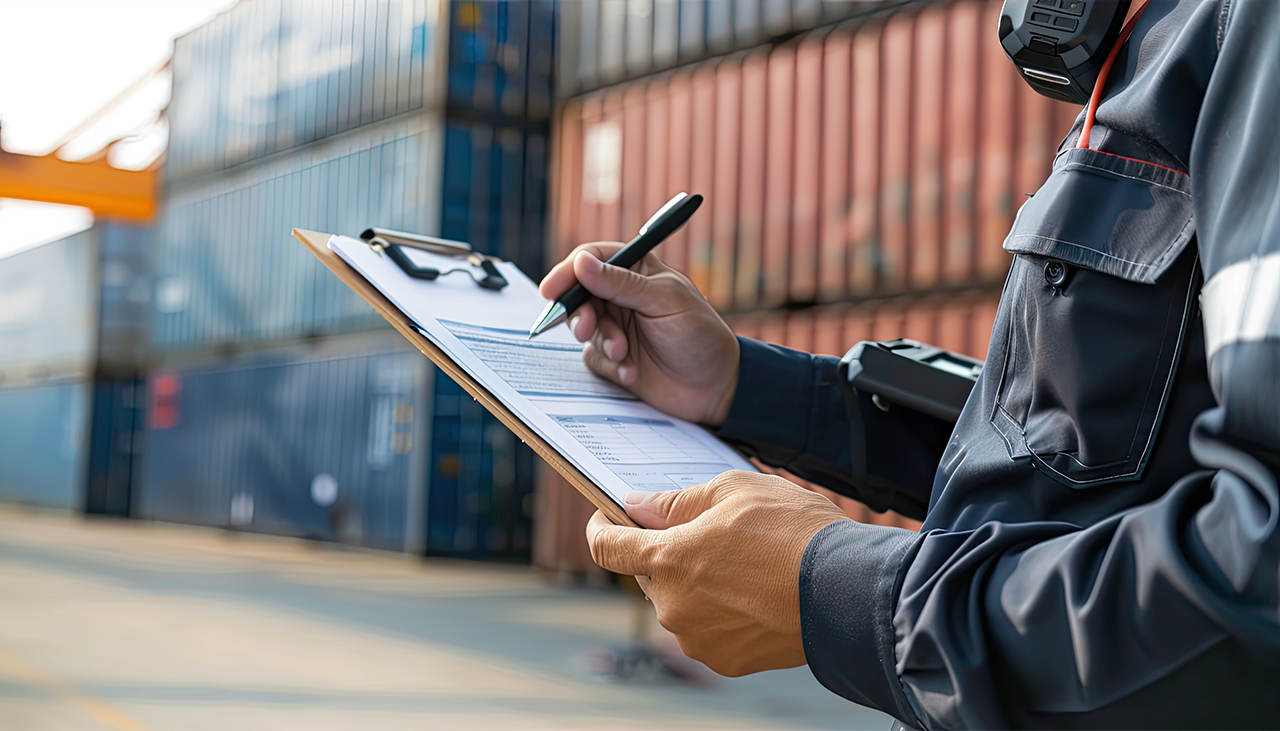
Think about a shipment that reaches every port and checkpoint without delay. No waiting, no hidden fees, no paperwork surprises. That is how custom clearance is changing in 2025. The process has moved from a slow, confusing step into something that decides whether your supply chain flows smoothly or breaks down.
For automotive logistics, where factories depend on every part arriving on time, this change is not just helpful, it is critical. Let’s go through the most important shifts you need to understand this year and then will show you why Lucid Shipping is built for them.
Global Rules Are Being Rewritten
Trade rules are shifting faster than most companies can track. In the United States, higher duties on items like steel and aluminum make custom clearance a serious cost factor for automotive logistics. Europe has moved in another direction, removing duty free limits on small shipments and planning a flat fee on online parcels. These changes are not small adjustments, they reshape the way companies prepare paperwork and calculate shipping costs. What worked five years ago is no longer enough in 2025.
Digital Tools Are Taking Over the Desk
Walk into any customs office today and the difference is clear. Portals, dashboards and real time data are now at the heart of the process. Electronic declarations, automated checks and blockchain records are replacing stacks of forms and manual signatures. For companies that deal with custom clearance, this is both an advantage and a risk. The advantage is faster clearance and fewer errors. The risk is simple which is that if you do not adapt to these systems, your cargo is the one stuck waiting.
Customs Now Includes Green and Social Checks
This is not just about taxes and duties anymore. In 2025, customs officers also ask if your shipment is linked to forced labor or high carbon output. Systems like CBAM are part of the clearance process. This means custom clearance teams cannot only submit product details, they must also prove how those goods were made. For automotive logistics, where supply chains stretch across dozens of countries, this becomes a serious test. Every supplier and every material must be verified.
The Pressure Never Lets Up
It used to be that customs only got busy during peak shopping seasons. That is no longer true. Delays can now appear in any month because of port congestion, strikes, labor gaps or extreme weather. For companies that depend on automotive logistics, a delay of even a single day can pause production lines. This is why planning has become the single strongest way to survive customs today. If you are not planning ahead, you are falling behind.
Why Human Expertise Still Decides the Outcome
Digital systems are important, but they do not replace the experience of people who know customs inside and out. Tariff codes change often. Governments publish new compliance reports almost every year. Rules can be written in ways that only trained eyes can understand. That is why custom clearance still relies on experts who can interpret the fine details, solve unexpected problems and prevent costly errors. Technology may speed the process, but people still save the day.
Why Automotive Logistics Depends on Customs?
When you look at how cars are built, you see why customs matters so much.
- Production depends on just in time schedules, so any delay hits hard.
- Vehicle parts are large and costly, so storage charges pile up fast.
- Parts come from dozens of countries, so paperwork must be flawless.
- Tariff changes can shift total costs overnight, so teams must react quickly.
How Companies Are Adapting in 2025?
To stay ahead, firms are putting new systems and steps into place.
- Real time dashboards show the exact status of every shipment.
- Online portals replace paper forms, cutting down on mistakes.
- Automated checks flag risky cargo before it becomes a problem.
- Carbon and labor audits are built into customs processes.
- Staff training connects local knowledge with global updates.
Tools You Would Not Have Expected in Customs
Some of the most interesting tools in 2025 customs sound like science fiction but they are already here.
- Blockchain records that prevent tampering and fraud.
- Digital twins that mirror port operations and predict congestion.
- Smart devices and IoT systems that track shipments in real time.
- Analytics platforms that cut down on paperwork errors.
Each of these adds speed and visibility, but they also demand new skills. A company that cannot work with them will fall behind one that can.
Why Customs in 2025 Is a Global Test?
Everyday goods now come from different corners of the world. That means every supply chain relies on smooth customs. When custom clearance fails, the chain fails. For automotive logistics, this is even more intense. One missing part can stop an entire assembly line. This is why customs in 2025 is not just another checkpoint. It is the test of whether a company is prepared for global trade or not.
Why Lucid Shipping Stands Out?
This is where Lucid Shipping sets itself apart. Founded in Dubai and trusted worldwide, Lucid has spent years building strength in freight forwarding, warehousing, supply chains and custom clearance. From the start, the mission has been simple to make logistics smarter and safer. Today that mission matters more than ever.
Lucid is strong both locally and globally. With a wide network and modern systems, the company gives clients real time control and dependable results. For automotive logistics, this combination of technology and expert staff means shipments move on time, with zero delays and zero hassle.
Final Thoughts
Lucid Shipping is not just ready for this customs world, it is built for it. With the right systems and the right people, goods move without the delays that slow down others.
If you want shipping that works the way it should, contact Lucid Shipping today and see how custom clearance in 2025 is done right.

